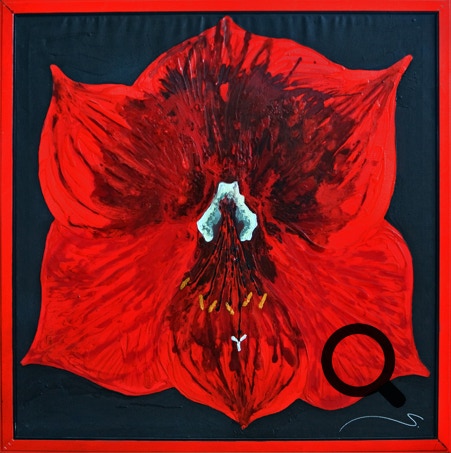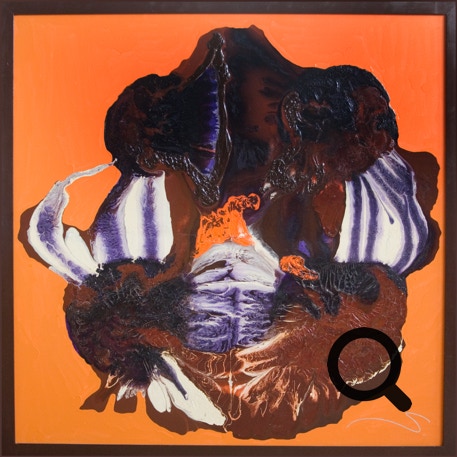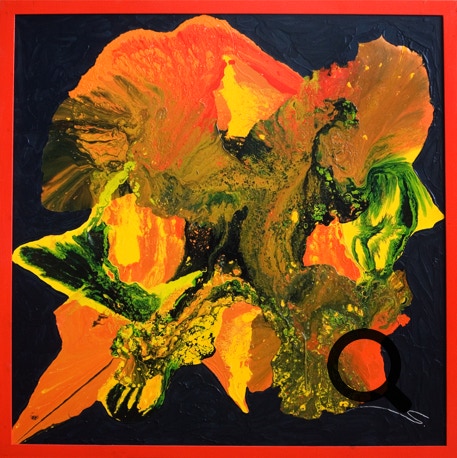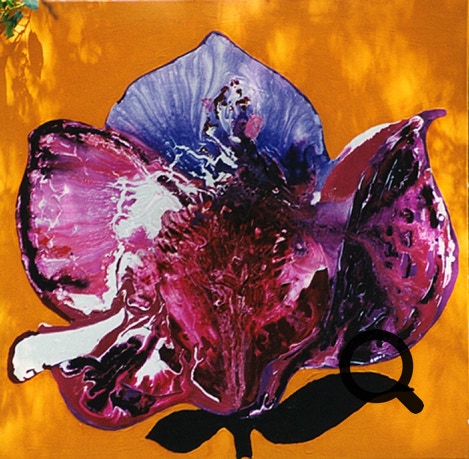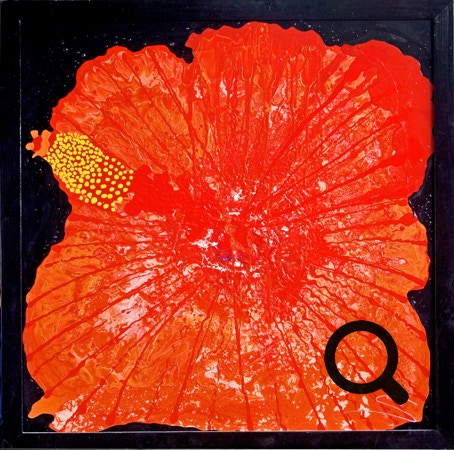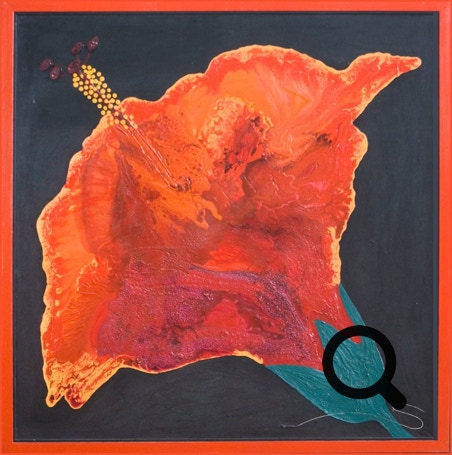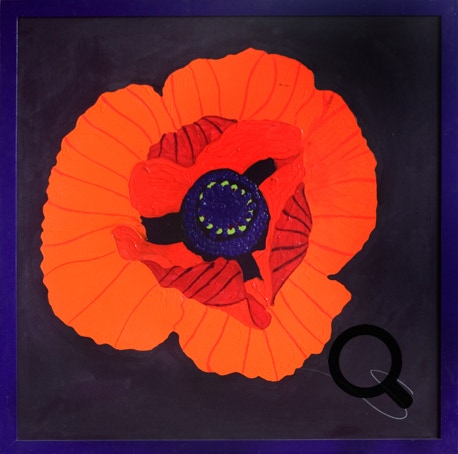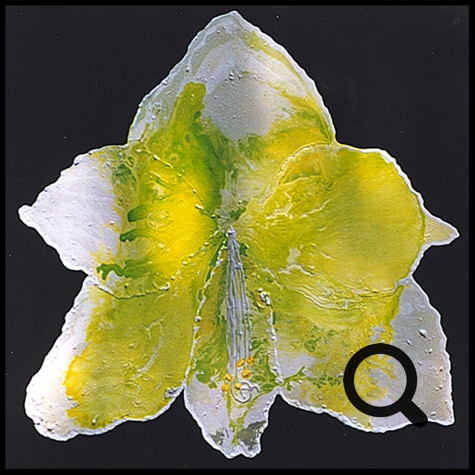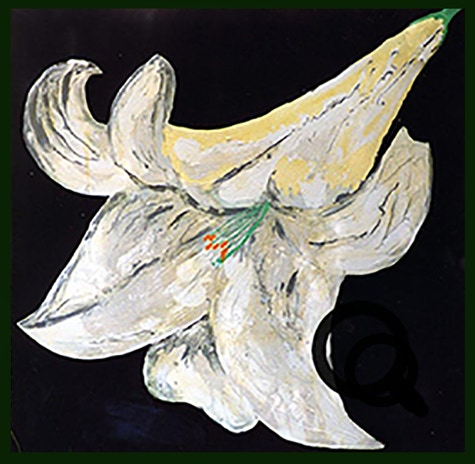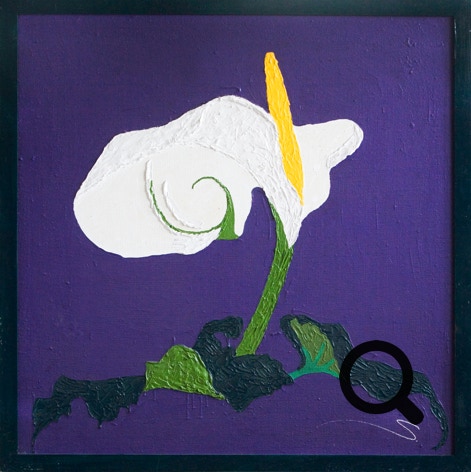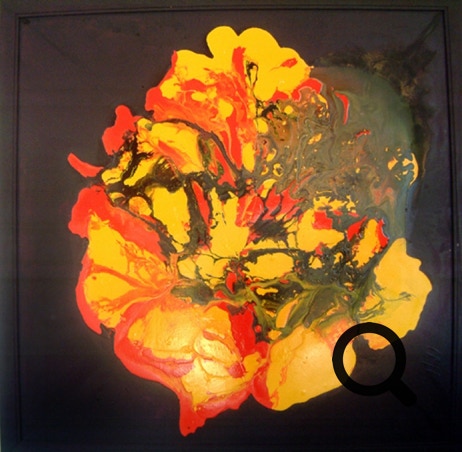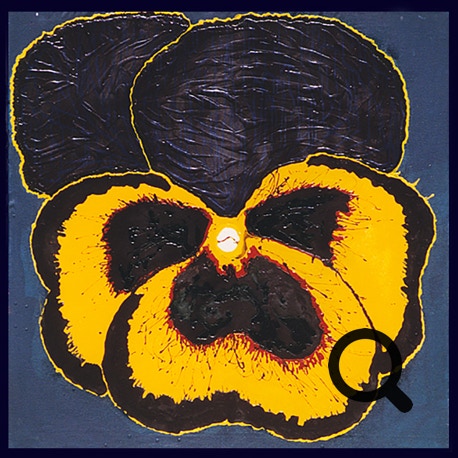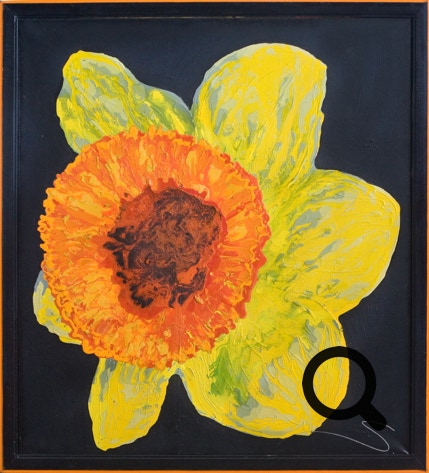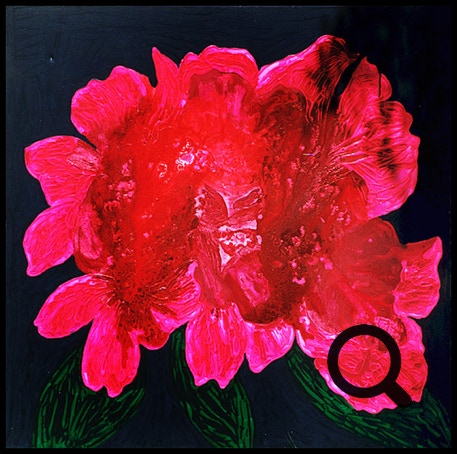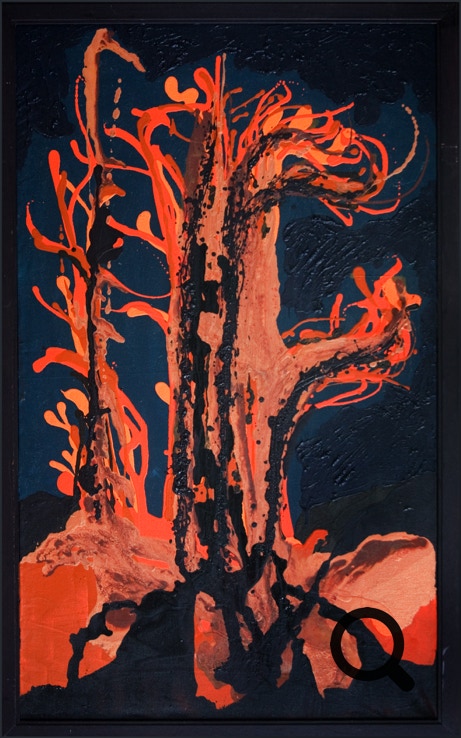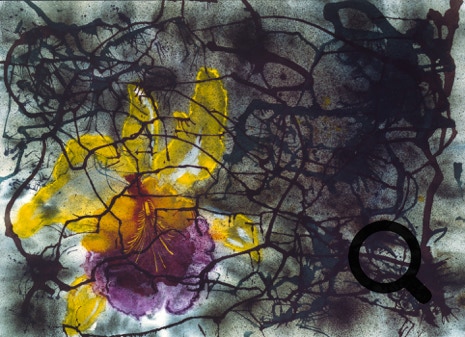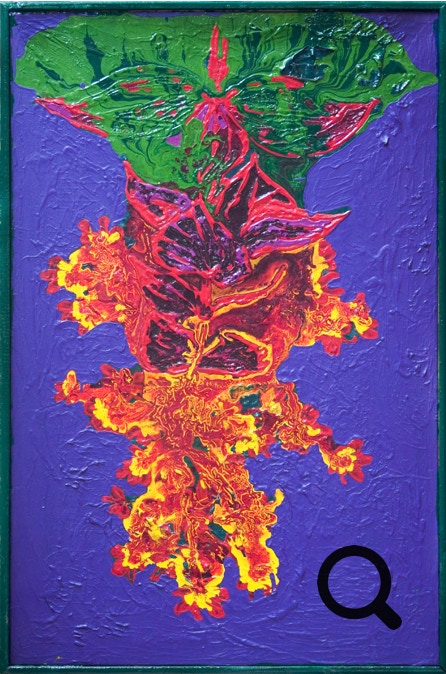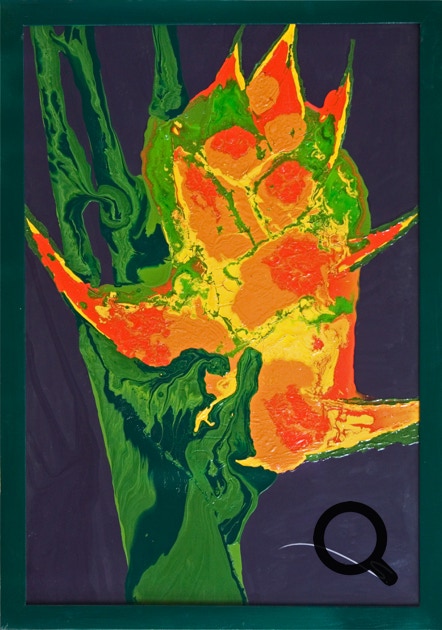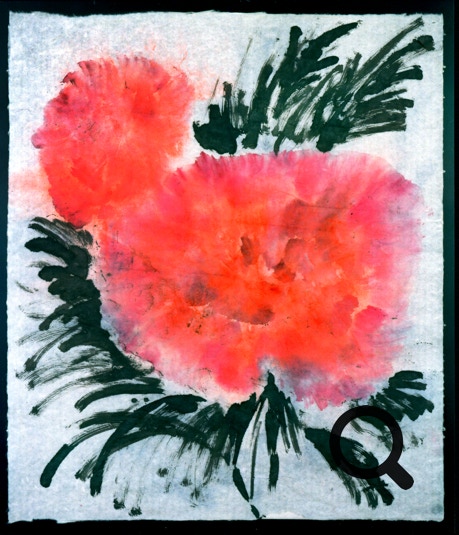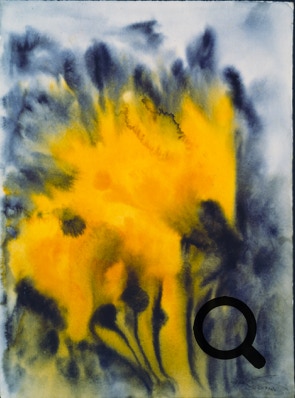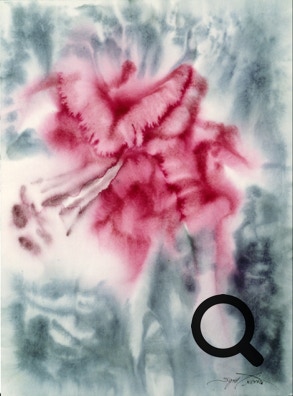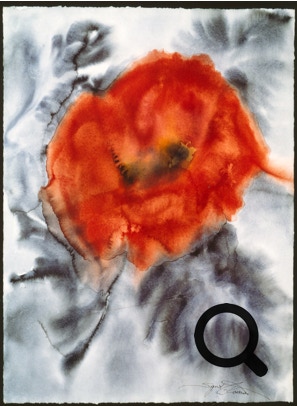Sigrid Koerner
Malerin und Designerin
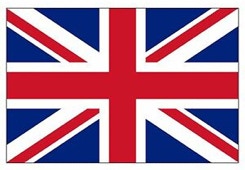
THE WORLD OF BLOSSOMS, FLOWERS AND PLANTS
With flowers the color came into our world.
The number of species of flowering plants increased explosively 100 million years ago when they finally prevailed in competition with other plant forms. In fact, they have changed life on our planet and quickly developed a wealth of different shapes and colors. At that time, most families come from flowering plants that we know. They shape the vegetation and the landscape, they not only provide food, but also provide inspiration, comfort and joy.
Flowers are among the earliest motifs of art.
Symbolism and religious significance have decisively determined their forms of presentation.
From an art historical point of view, flowers are a recurrent theme; plants and flowers are the subject of artistic reflections. It is not the dimensions or the medium that make the difference, but the often fundamentally different conception of nature and all its levels of meaning.
Flowers are an effective expression of human emotions, are a symbol of life and proof of love, a maximum of beauty and perfection.
In a flower, nature itself becomes an art form, an aesthetic phenomenon, and at the same time it embodies the unique and the serial.
Plants are among the earliest motifs ever painted by artists. Whether its color or shape, or our innate understanding of its beauty, the particular perception of plants seems to be firmly anchored in our human brain.
The breadth of her botanical image throughout the centuries has always been an echo of the diversity of art and the attempt to make it immortal. The biggest source of inspiration is always the aesthetics. Flowers teach us that nothing lasts forever. They pass away, die and are born again. Looking at flowers has something reassuring. They know neither emotions nor conflicts. Flowers are the most beautiful words of nature, with which it wants to tell us how much it loves us. Flowers are the laughter of the earth. Flowers are dignified and mysterious with their bizarre shapes and their coloring.
Today, the art of flowers is inevitably interwoven with ecology and genetic research. Art, technology, science, symbolism, mythology, aesthetics and sensuality meet in the plant. The flower is today a domain of its complex genetic information, but also a vision as unimpeachable longing for naturalness through colorful opulent imagery of flowers and plants. The representations of the flowers in the moment of their full flowering emphasizes the moment, but also by means of pictorial visualization memories are created and the transience is stopped. The cultivation of plants is a symbol of the artificial, man-made creation as a counterpart to the wild nature.
The flower is again used as a symbol for the different forms of the changes of our time, which are not least associated with an aesthetizing delusion. The quest for beauty and perfection, after surpassing nature, is one of many reasons for choosing flowers as a subject. Similarly, flowers represent transience not only of beauty, but of earthly life par excellence, thus symbolizing the cyclical, ephemeral nature of physical existence, as well as explicit sexuality. However, the primary attraction remains the still generally positive association with the flower as a symbol of beauty and life.
But the flower is also a longing motive, which expresses an ultimately insatiable desire for the intangible other. This pantheistic inspired view of nature is under the influence of a profound cultural pessimism, increasing alienation of man from nature as a new way of life. The return to nature is the only possible way to regenerate a homeless society. Through the harmonious unity of man and nature, it is possible to recognize the interrelations between the visible and the invisible, the material and sensory mental world, in order to feel and show understanding and duty of care towards nature.
Nature is and remains a reflection of the artistic individual looking for expression.
©uwe piller 2019
